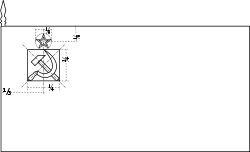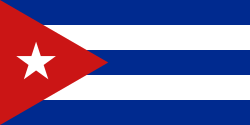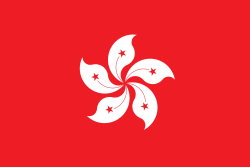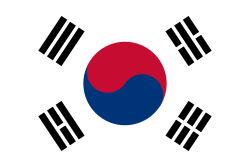Eugène-Henri Gravelotte
| Eugène-Henri Gravelotte | |
|---|---|
| Narození | 6. února 1876 7. obvod |
| Úmrtí | 23. srpna 1939 (ve věku 63 let) Bénodet |
| Místo pohřbení | hřbitov v Ergué-Armel |
| Povolání | šermíř a lékař |
| Ocenění | důstojník Řádu čestné legie Válečný kříž 1914–1918 |
| Některá data mohou pocházet z datové položky. Chybí svobodný obrázek. | |
| Přehled medailí | ||
|---|---|---|
| zlato | LOH 1896 | fleret jednotlivci |
Eugène-Henri Gravelotte (6. února 1876 – 28. srpna 1939) byl francouzský šermíř, první moderní olympijský vítěz ve fleretu na letních olympijských hrách v Athénách roku 1896.
Šermířské soutěže se jako jediné odehrávaly pod střechou, a to v sále Zappeionu. V disciplíně fleret startovalo 8 mužů ze dvou zemí – Řecka a Francie. Ve své základní skupině 20letý student medicíny Gravelottte postupně porazil všechny své soupeře, kterými byli řečtí šermíři Athanasios Vouros, Konstantinos Komninos-Miliotis a Georgios Balakakis. Postoupil tak do finále, kde se střetl s dalším neporaženým z druhé skupiny, svým krajanem Henri Callotem. Finálový duel vyhrál Gravelott 3–2.
Reference
V tomto článku byl použit překlad textu z článku Eugène-Henri Gravelotte na anglické Wikipedii.
Externí odkazy
- Eugène-Henri Gravelotte v databázi Olympedia (anglicky)
[[]]
Média použitá na této stránce
Olympic Rings without "rims" (gaps between the rings), As used, eg. in the logos of the 2008 and 2016 Olympics. The colour scheme applied here was specified in 2023 guidelines.
Olympic Rings without "rims" (gaps between the rings), As used, eg. in the logos of the 2008 and 2016 Olympics. The colour scheme applied here was specified in 2023 guidelines.
Autor: F l a n k e r, Licence: CC BY-SA 2.5
Flag of the Kingdom of Sardinia (1851-1861) and of the Kingdom of Italy (1861-1946). Use: Civil flag and ensign. In a governmental or a military context, the crowned version (see Crowned version) was always used (as State flag and naval ensign).
Autor: F l a n k e r, Licence: CC BY-SA 2.5
Flag of the Kingdom of Sardinia (1851-1861) and of the Kingdom of Italy (1861-1946). Use: Civil flag and ensign. In a governmental or a military context, the crowned version (see Crowned version) was always used (as State flag and naval ensign).
(c) I, Cmapm, CC BY-SA 3.0
The flag of the Soviet Union (1955-1991) using a darker shade of red.

(c) I, Cmapm, CC BY-SA 3.0
The flag of the Soviet Union (1955-1991) using a darker shade of red.

Flag of Romania, (21 August 1965 - 22 December 1989/officialy 27 December 1989).

Construction sheet of the Flag of Romania as depicted in Decree nr. 972 from 5 November 1968.
- l = 2/3 × L
- C = 1/3 × L
- S = 2/5 × l
Flag of Romania, (21 August 1965 - 22 December 1989/officialy 27 December 1989).

Construction sheet of the Flag of Romania as depicted in Decree nr. 972 from 5 November 1968.
- l = 2/3 × L
- C = 1/3 × L
- S = 2/5 × l
Flag of Second Polish Republic and later People's Republic of Poland in period from March 29, 1928 to March 10, 1980. Red shade used here is HTML "vermilion" #E34234. Proportion 5:8.
Flag of South Korea from October 1997 to May 2011. In May 2011, the exact colors were specified into their current shades.











